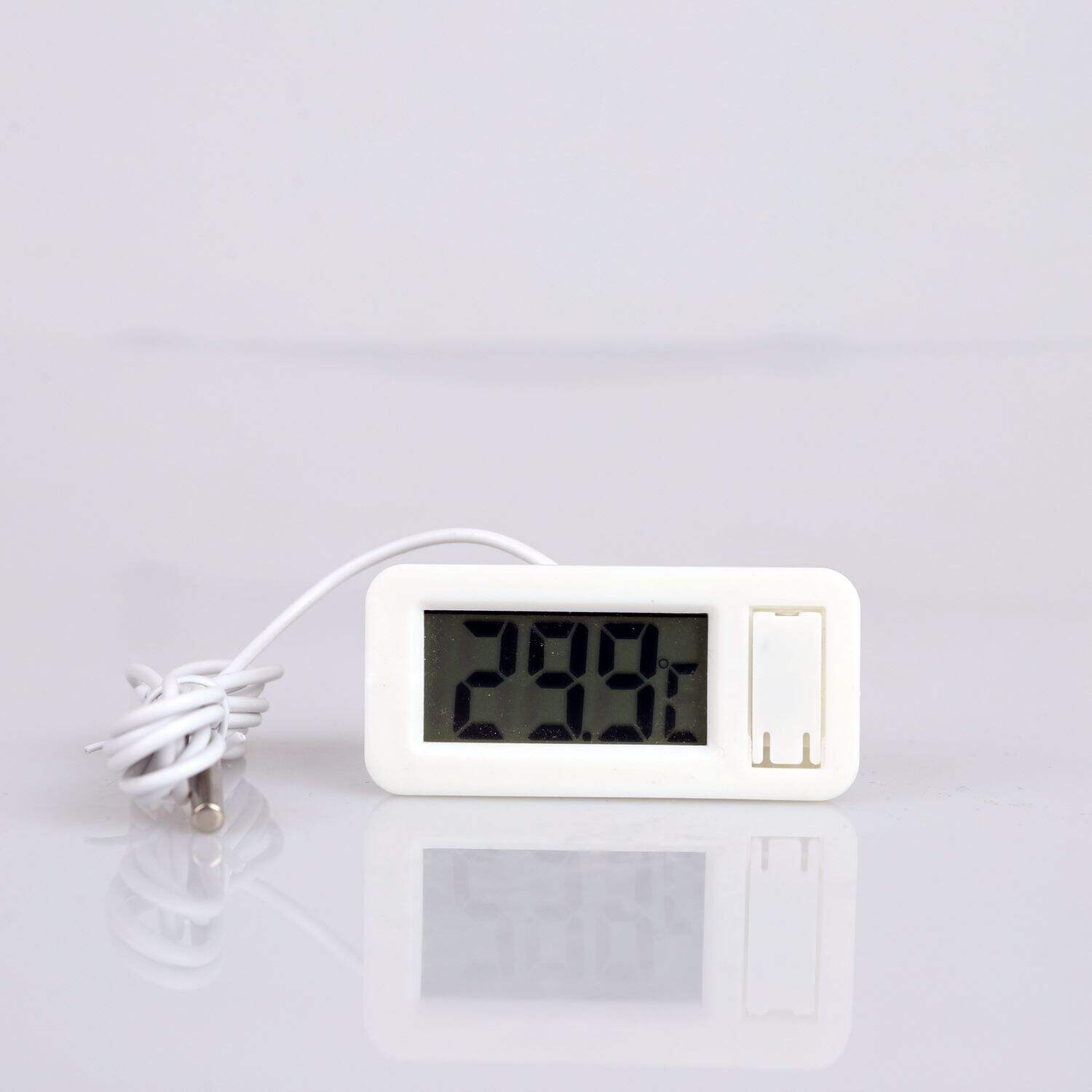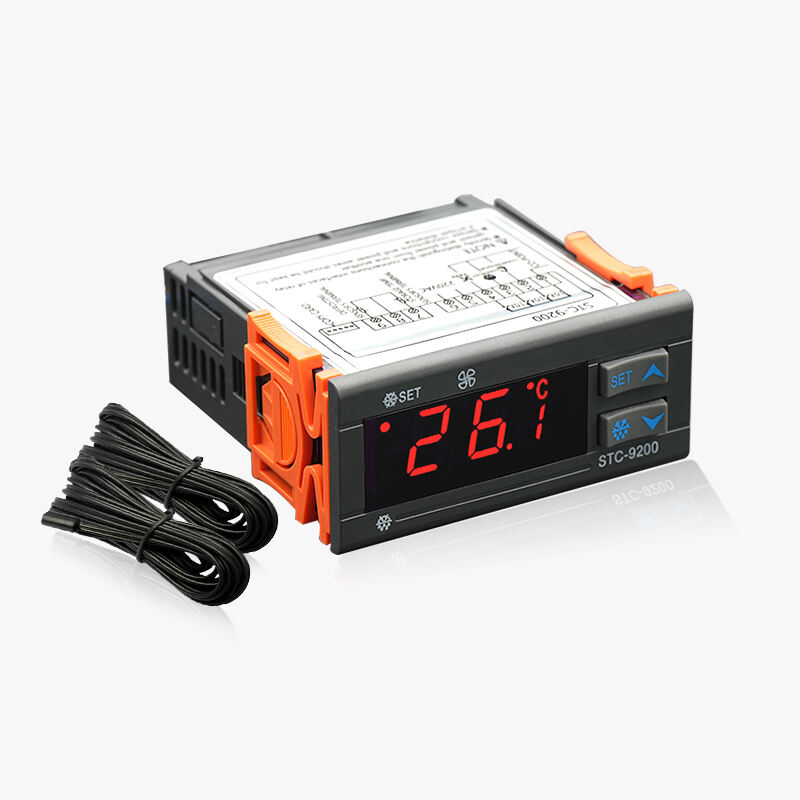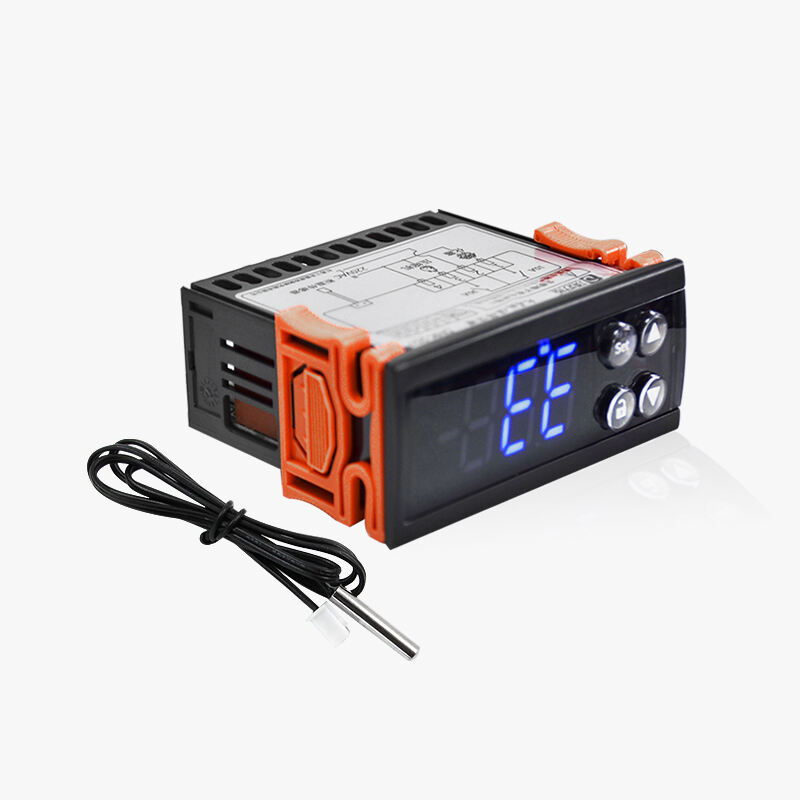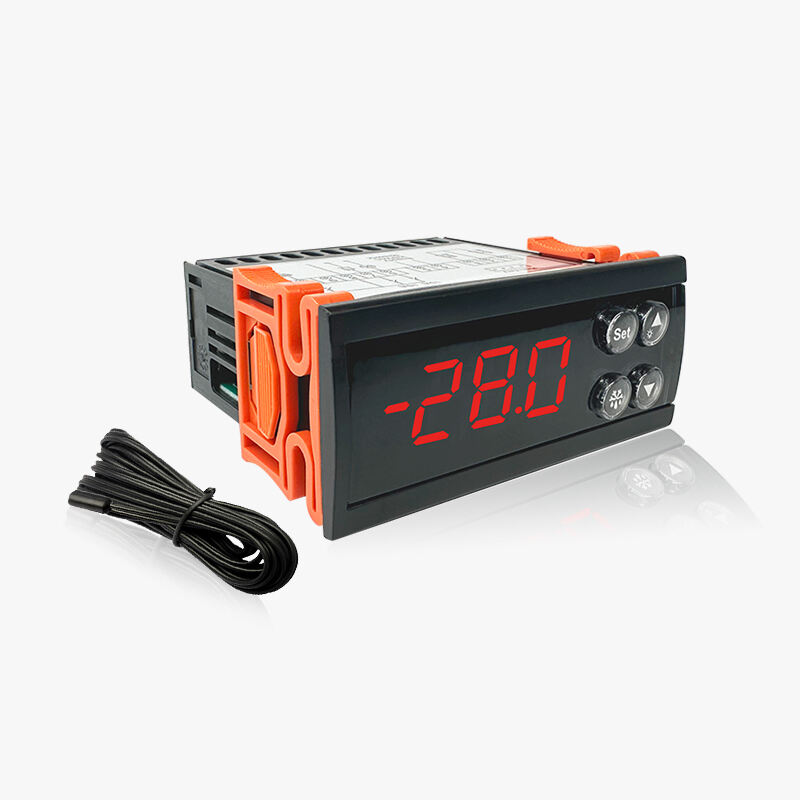Smart Integration and Connectivity
Modern temperature control heating and cooling systems excel in their ability to seamlessly integrate with smart home ecosystems. This integration enables unprecedented control and automation capabilities that transform how we manage indoor climates. The systems feature Wi-Fi enabled thermostats that connect to home networks, allowing users to control their environment through dedicated mobile applications or voice assistants. Advanced algorithms learn from user preferences and patterns, automatically adjusting settings to optimize both comfort and energy efficiency. The connectivity extends to weather forecasting integration, enabling the system to proactively adjust its operation based on upcoming weather changes. Real-time energy consumption monitoring provides users with detailed insights into their usage patterns and costs, enabling informed decisions about system operation.








